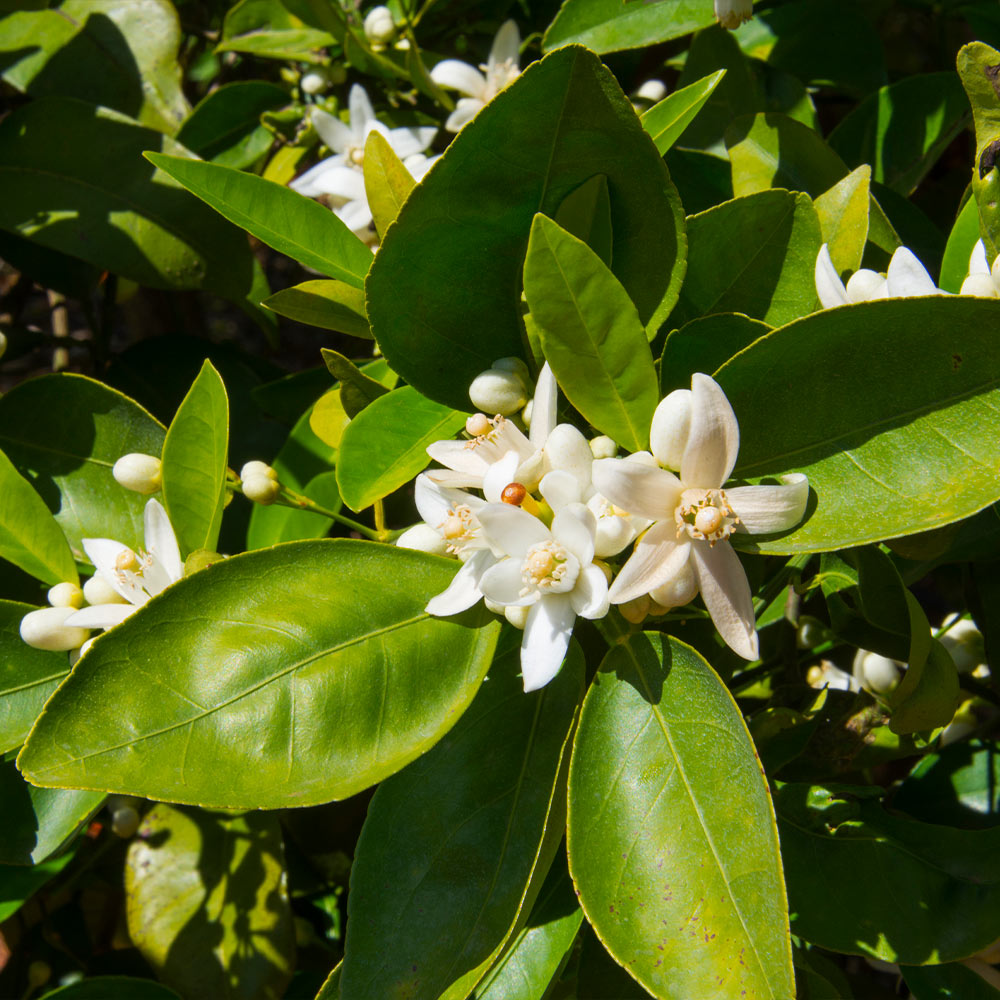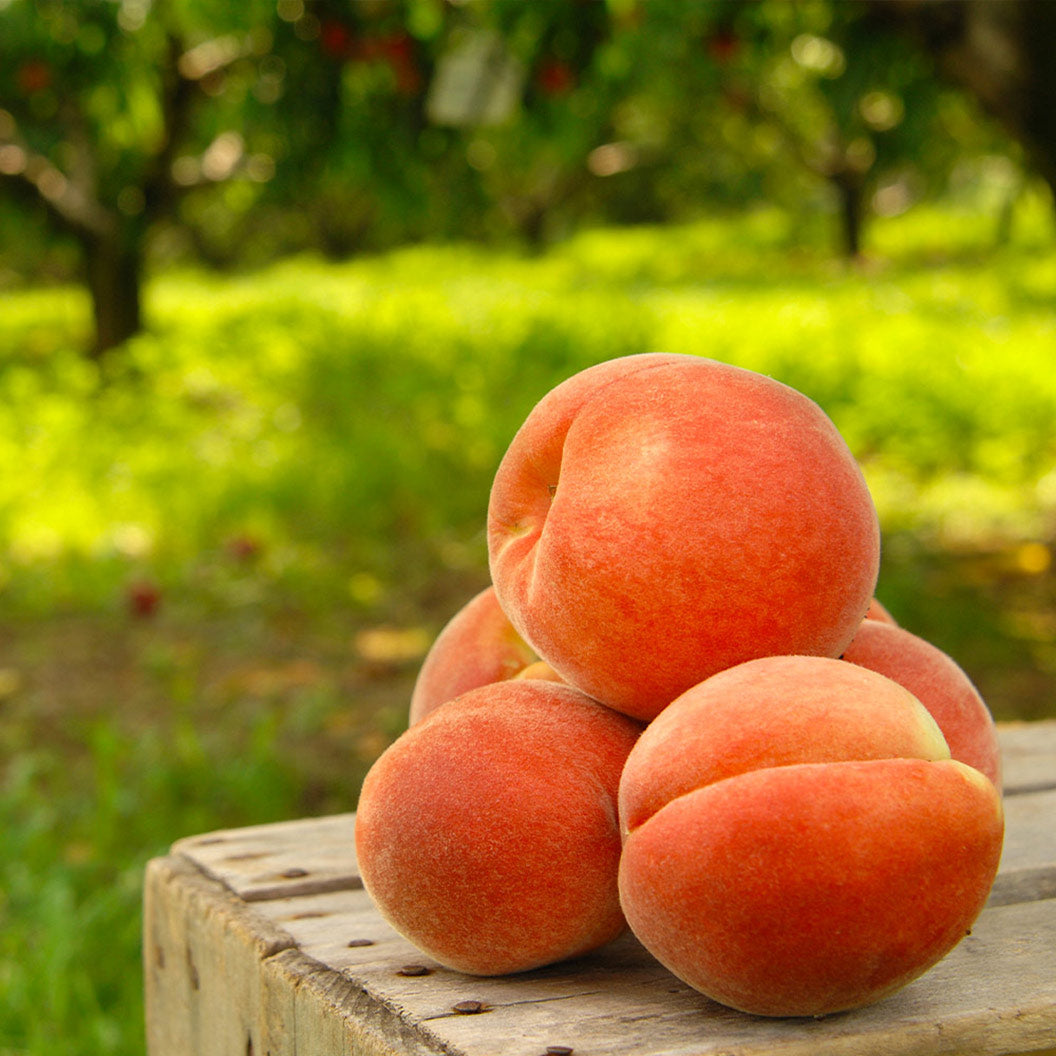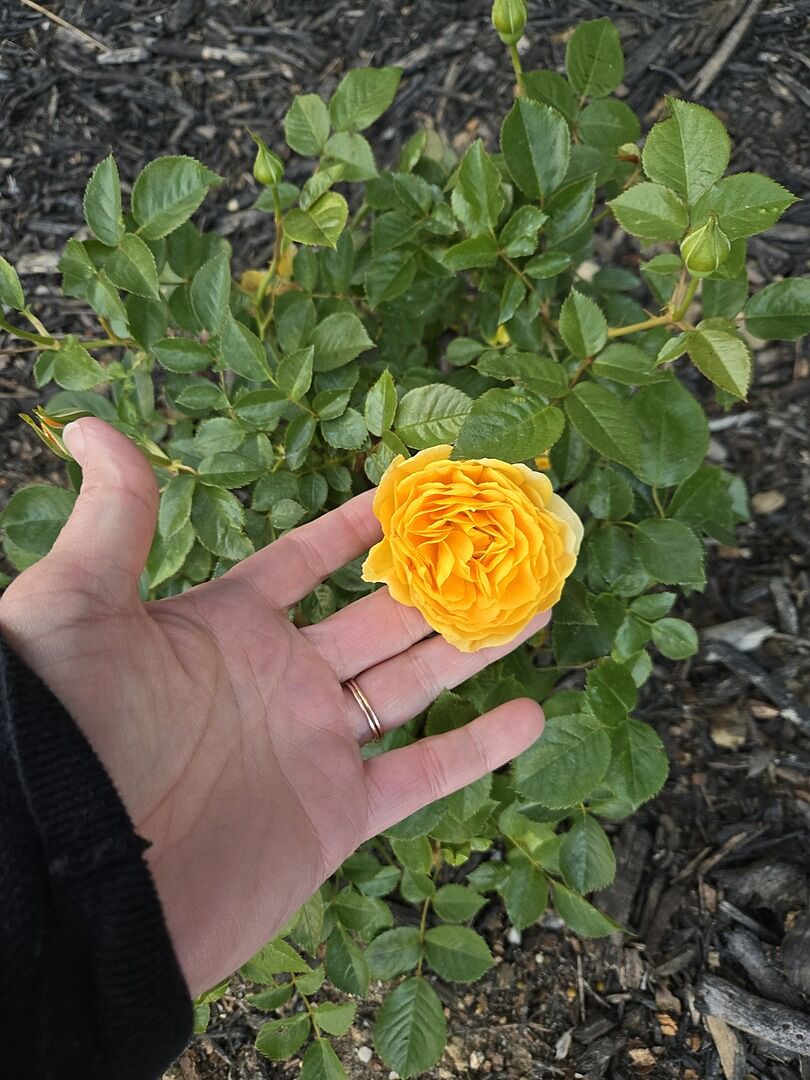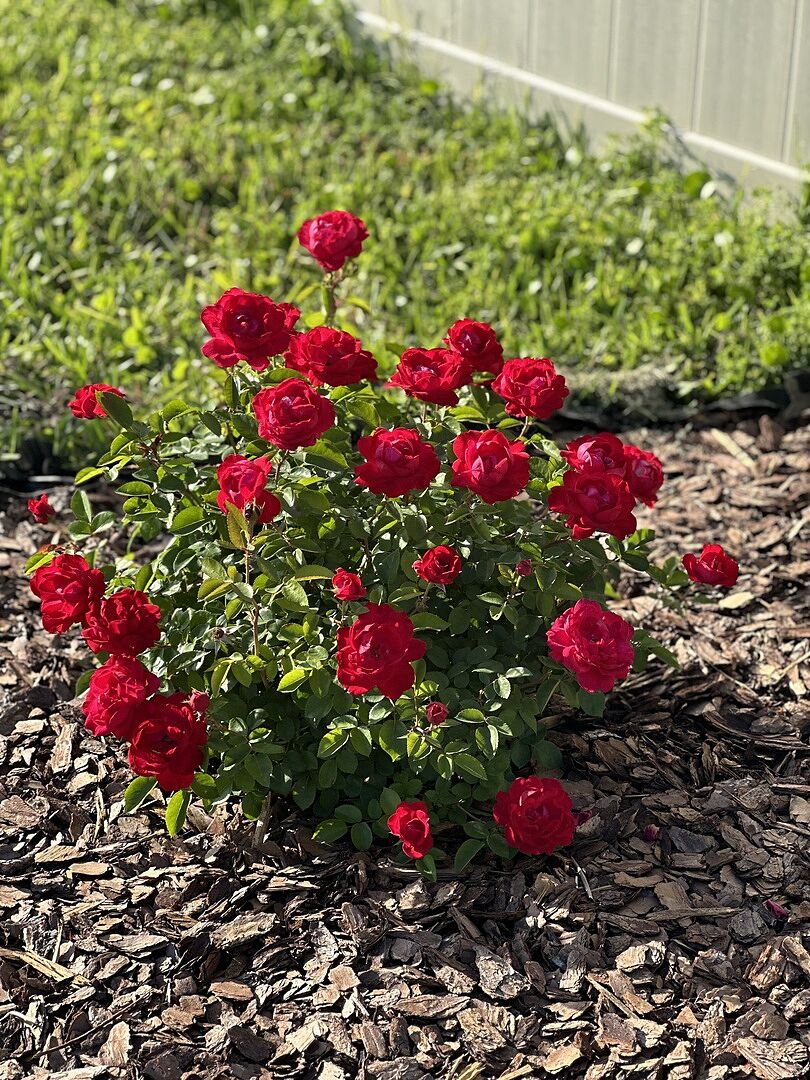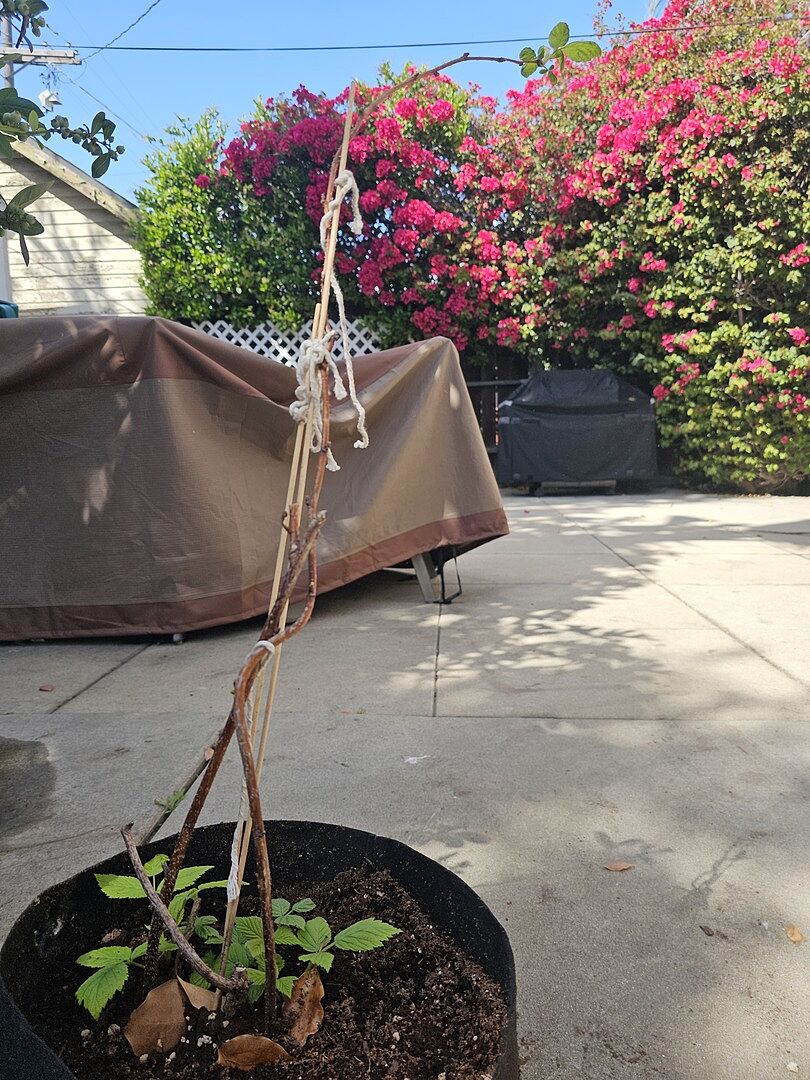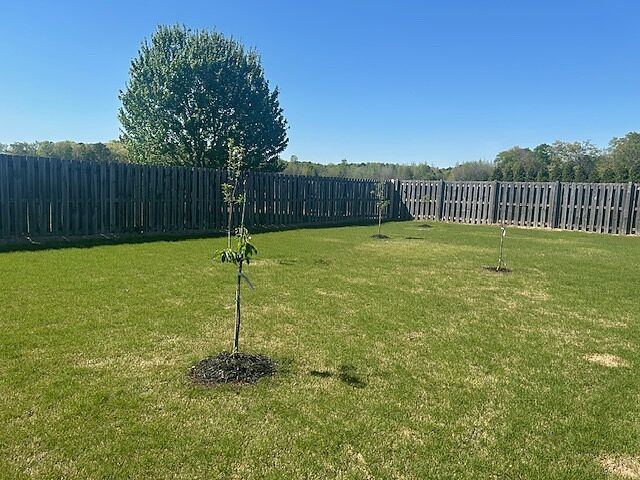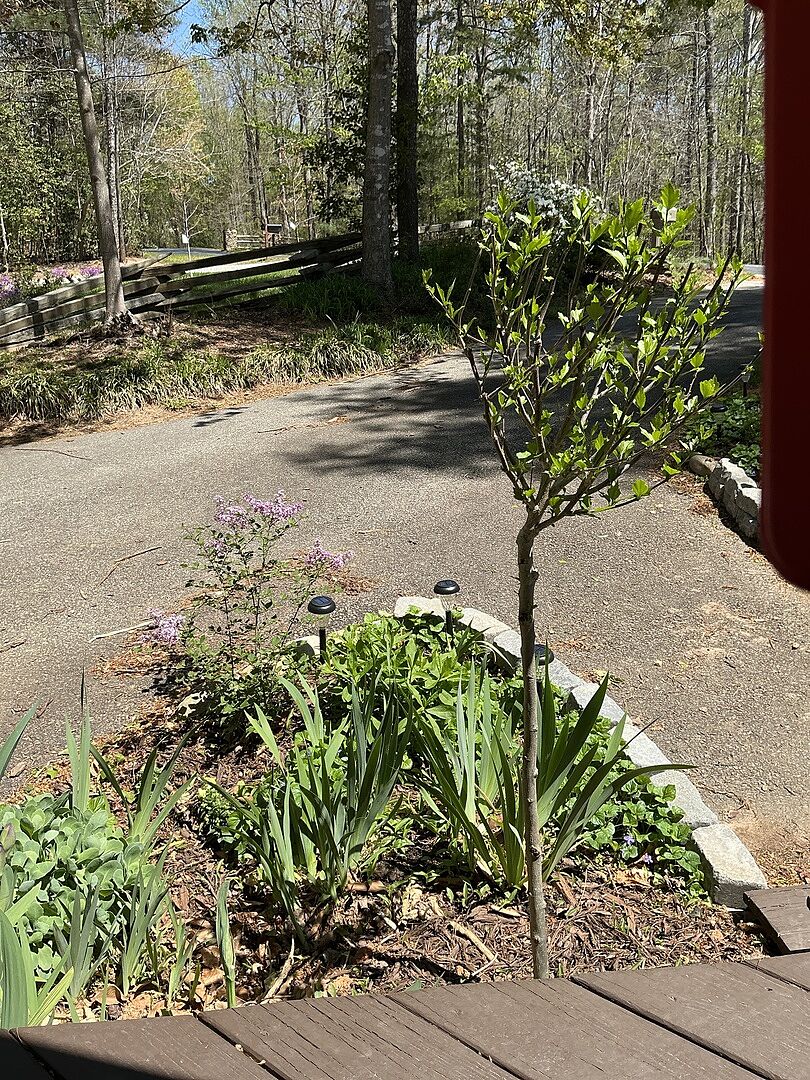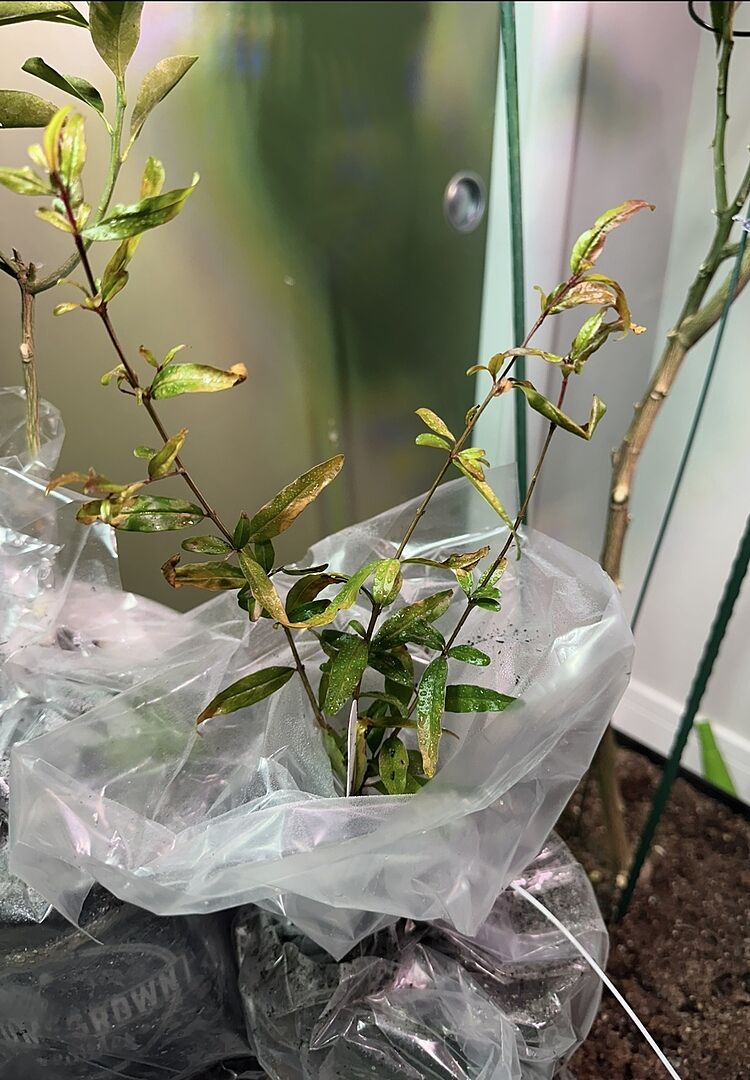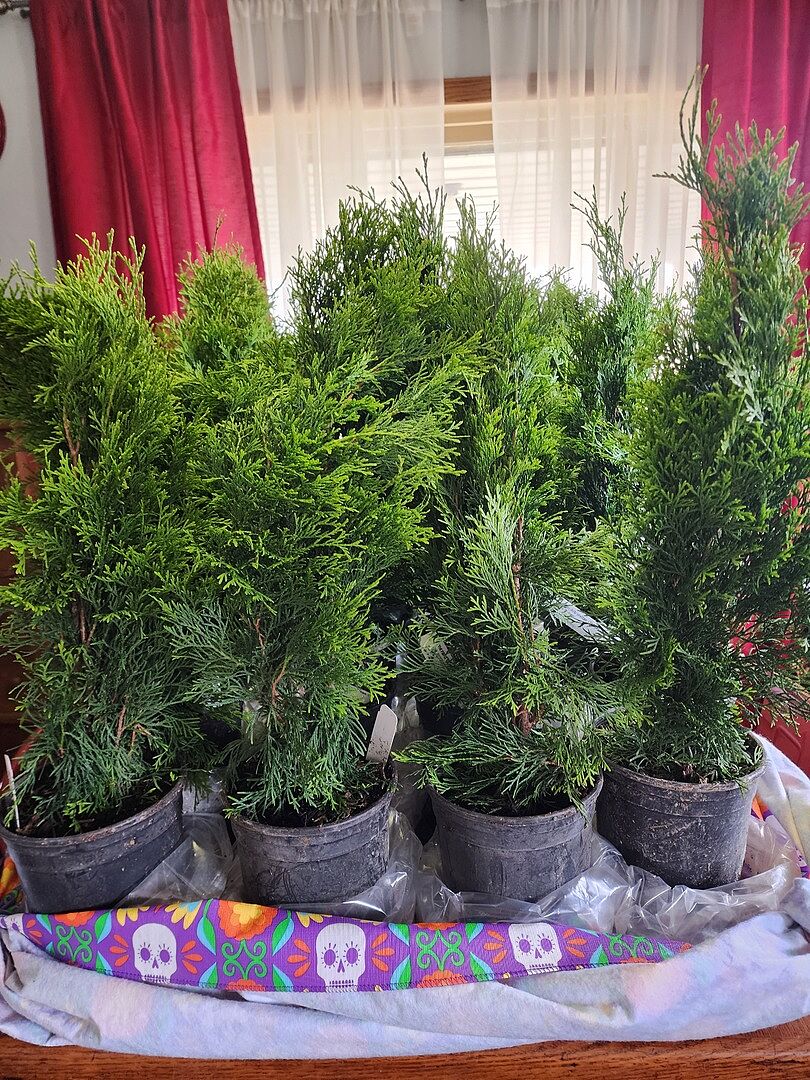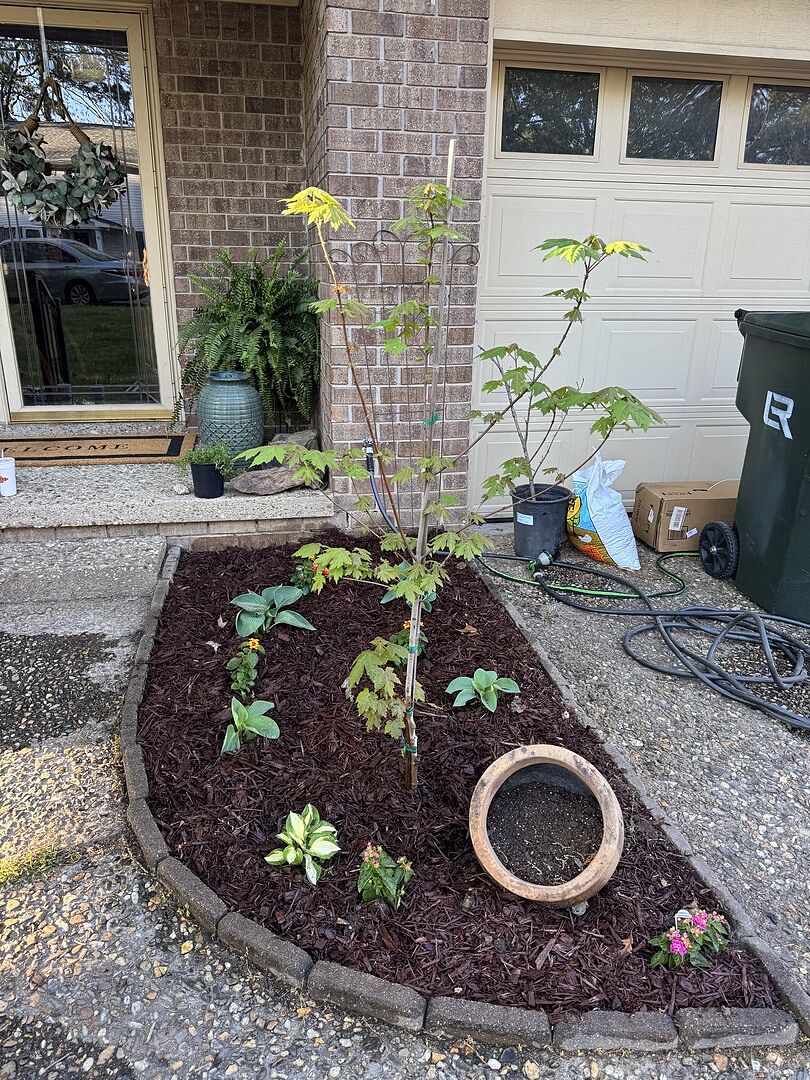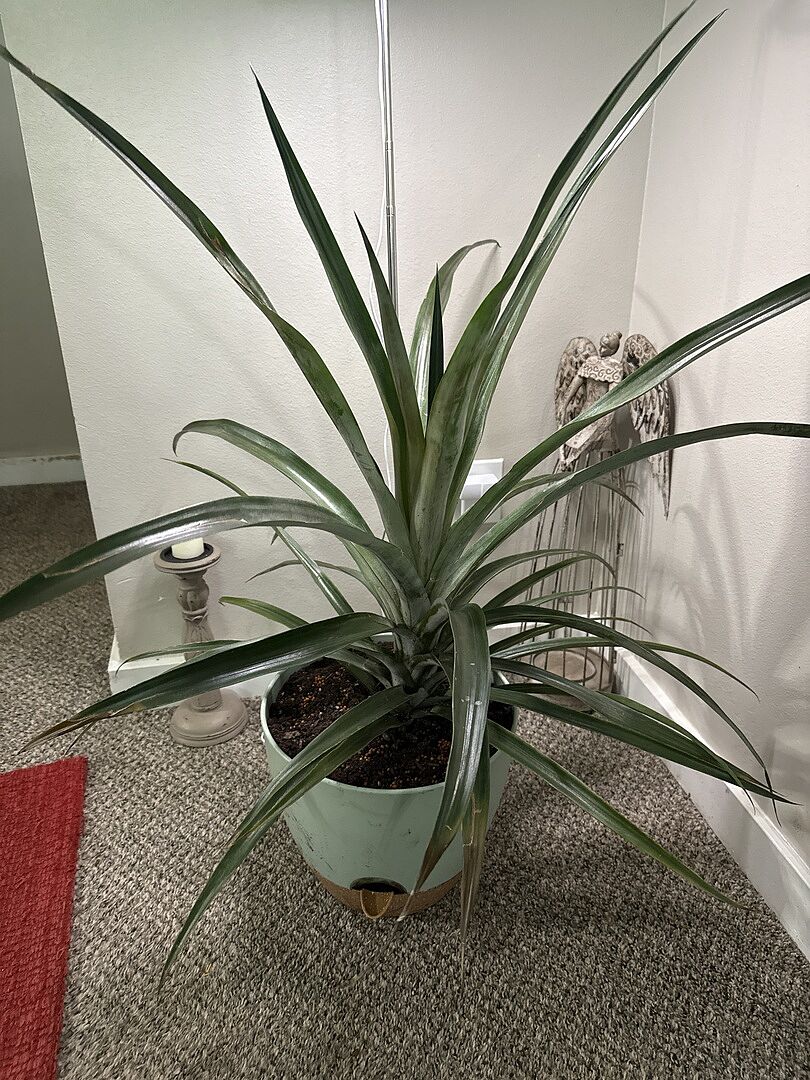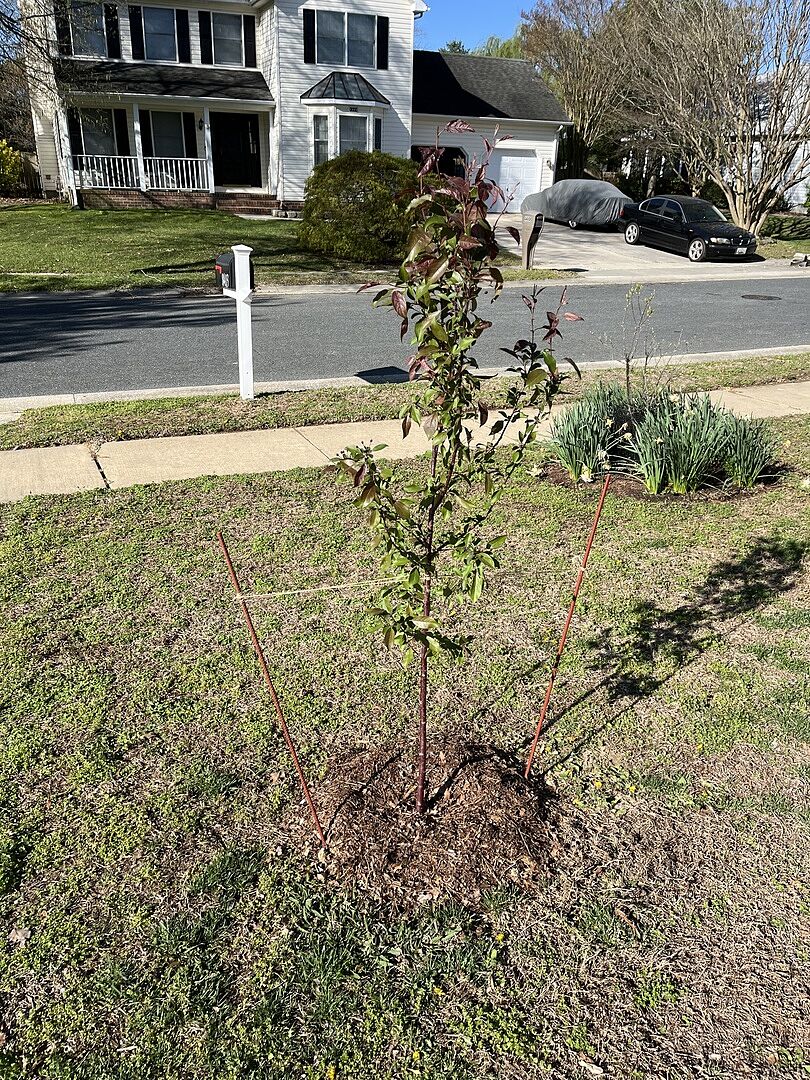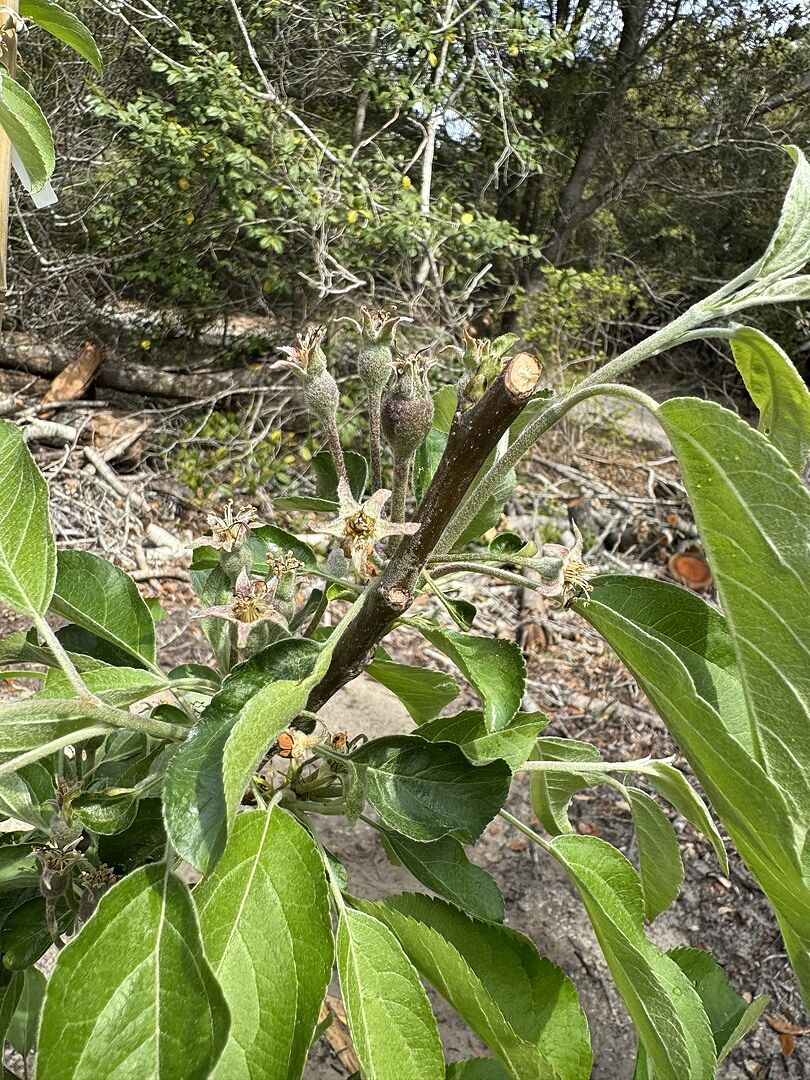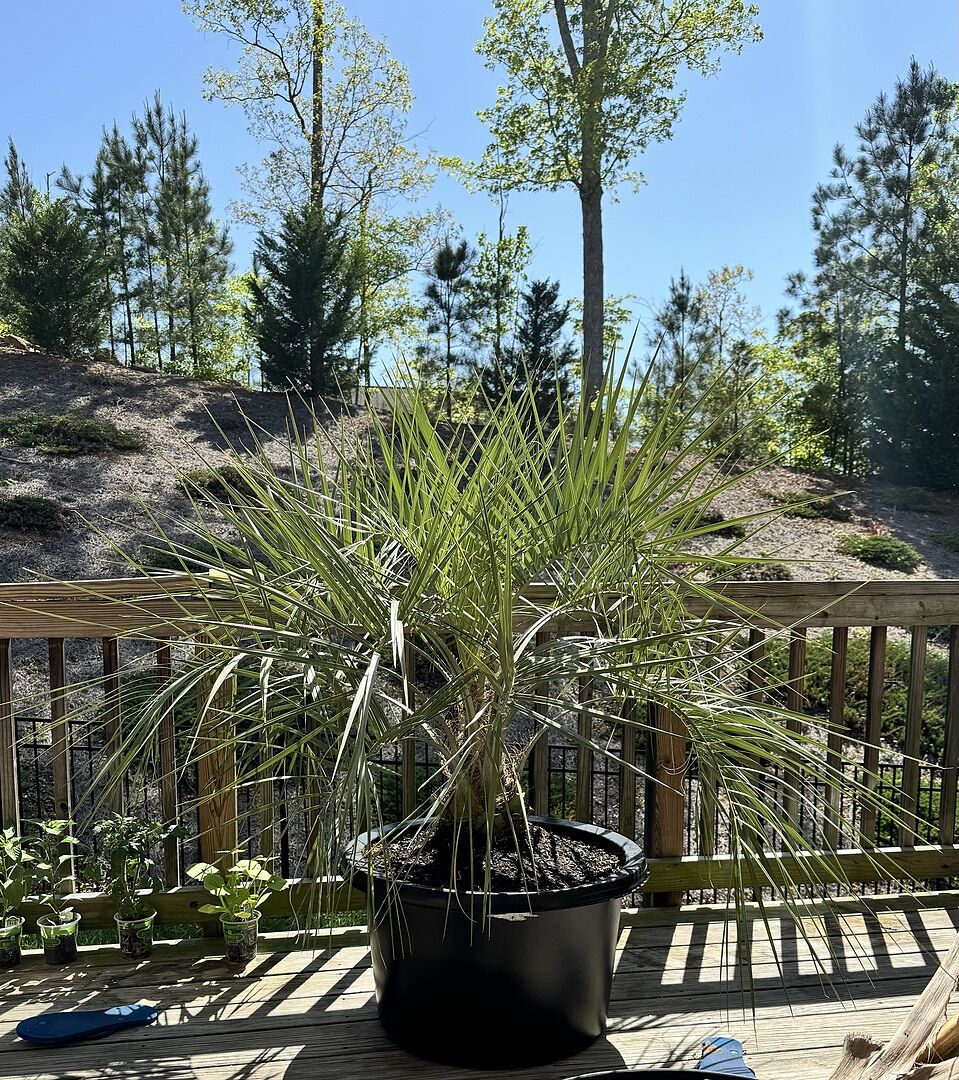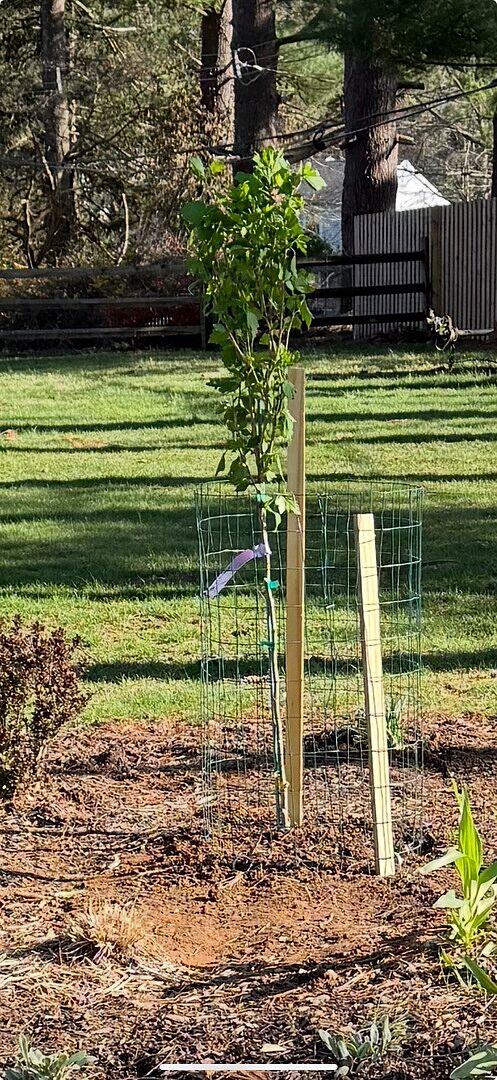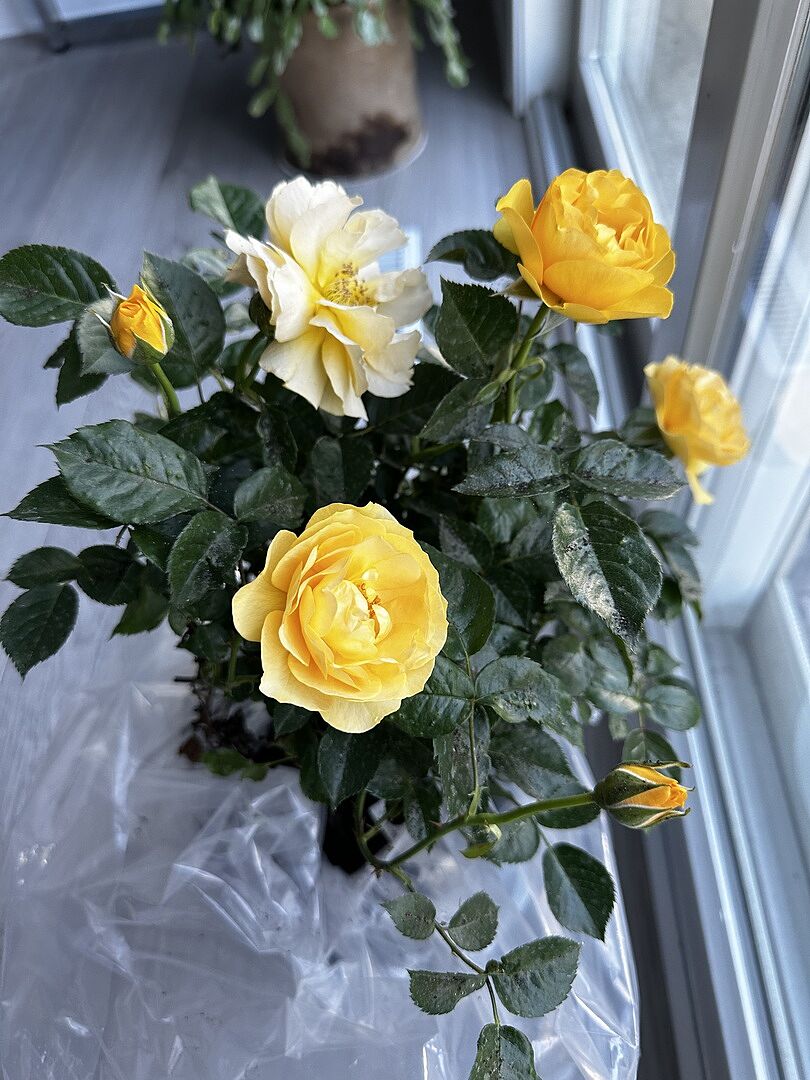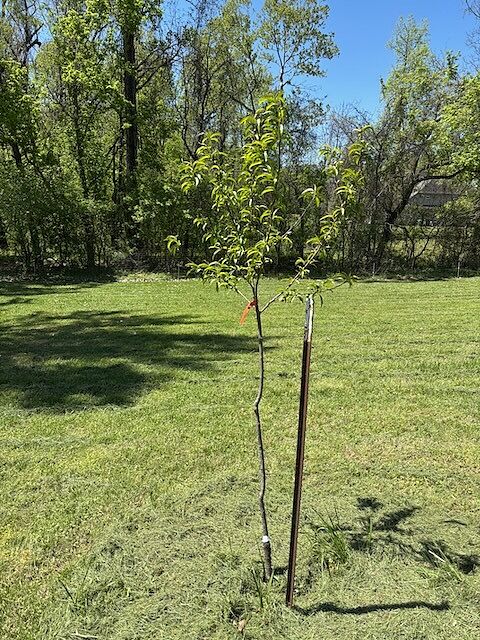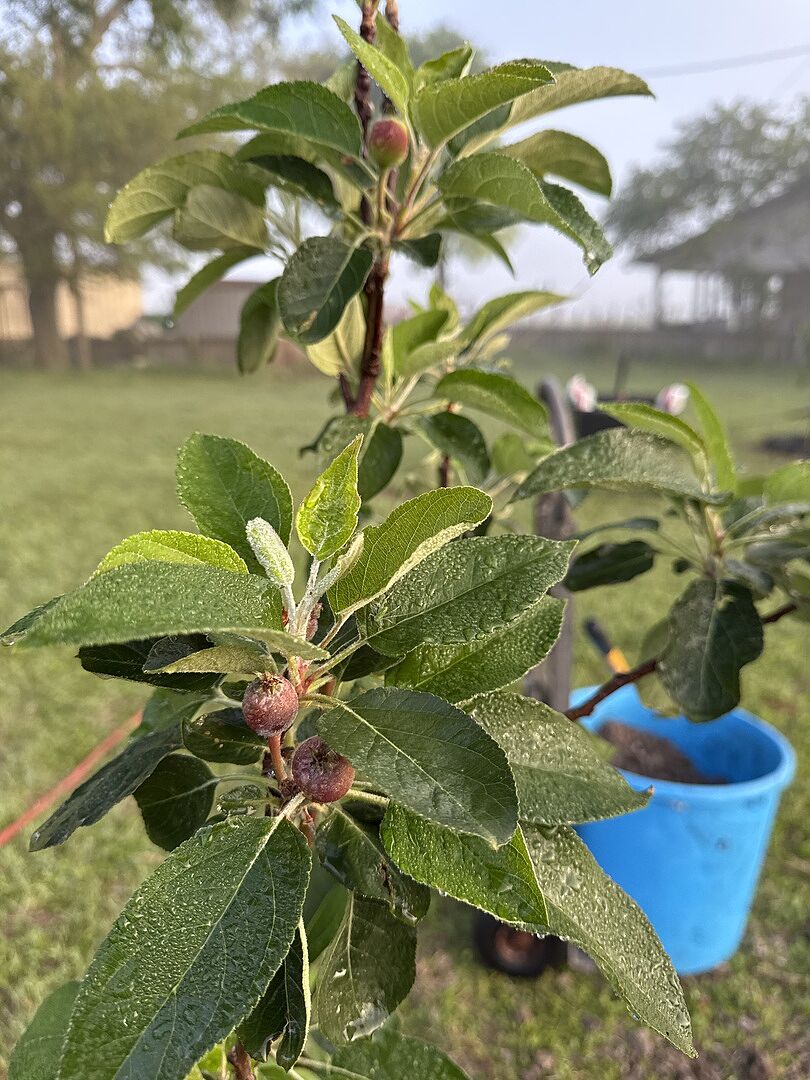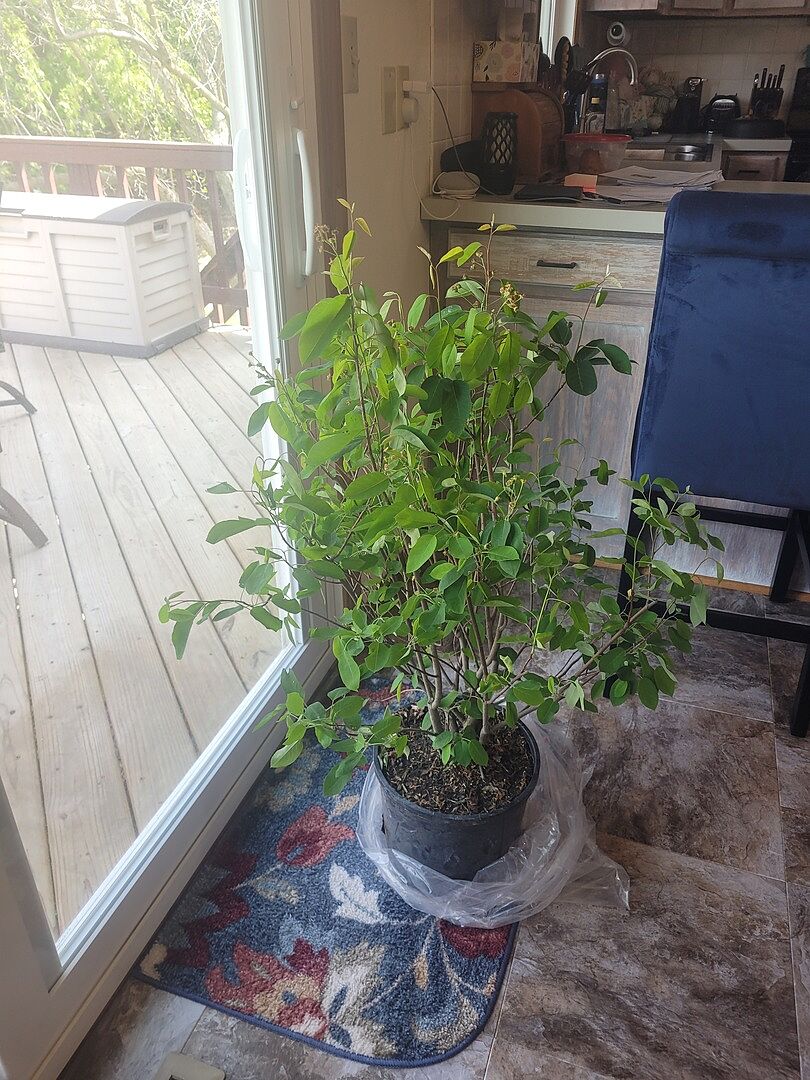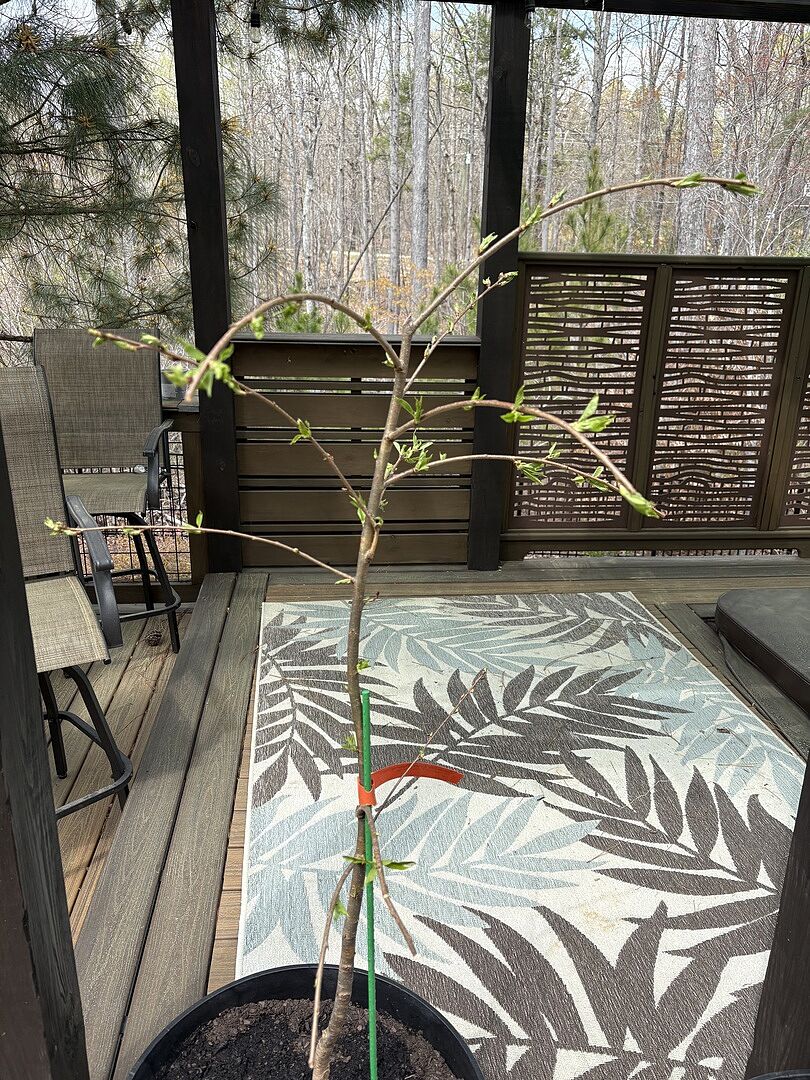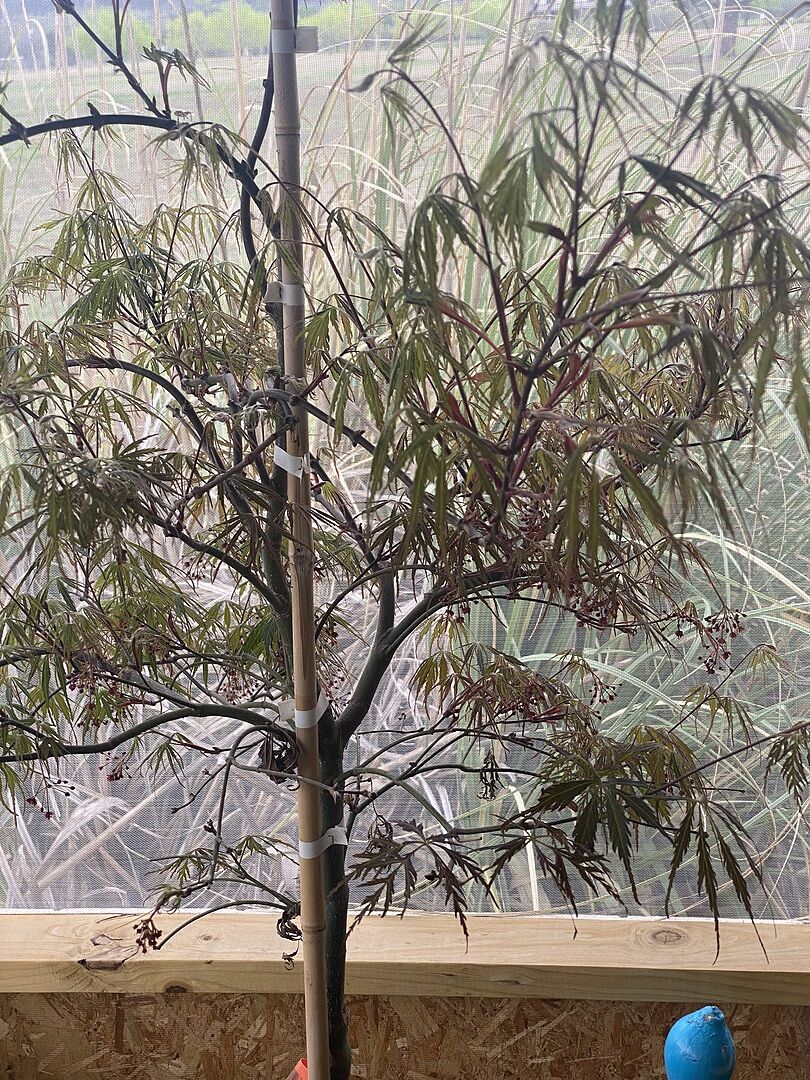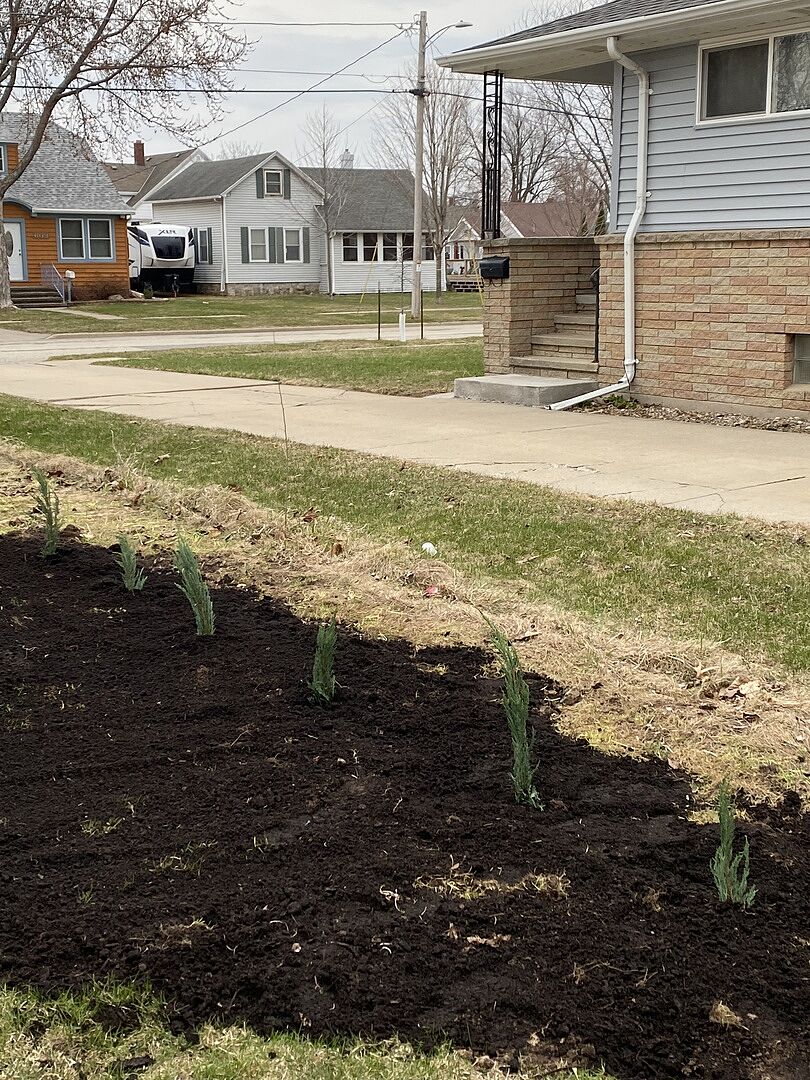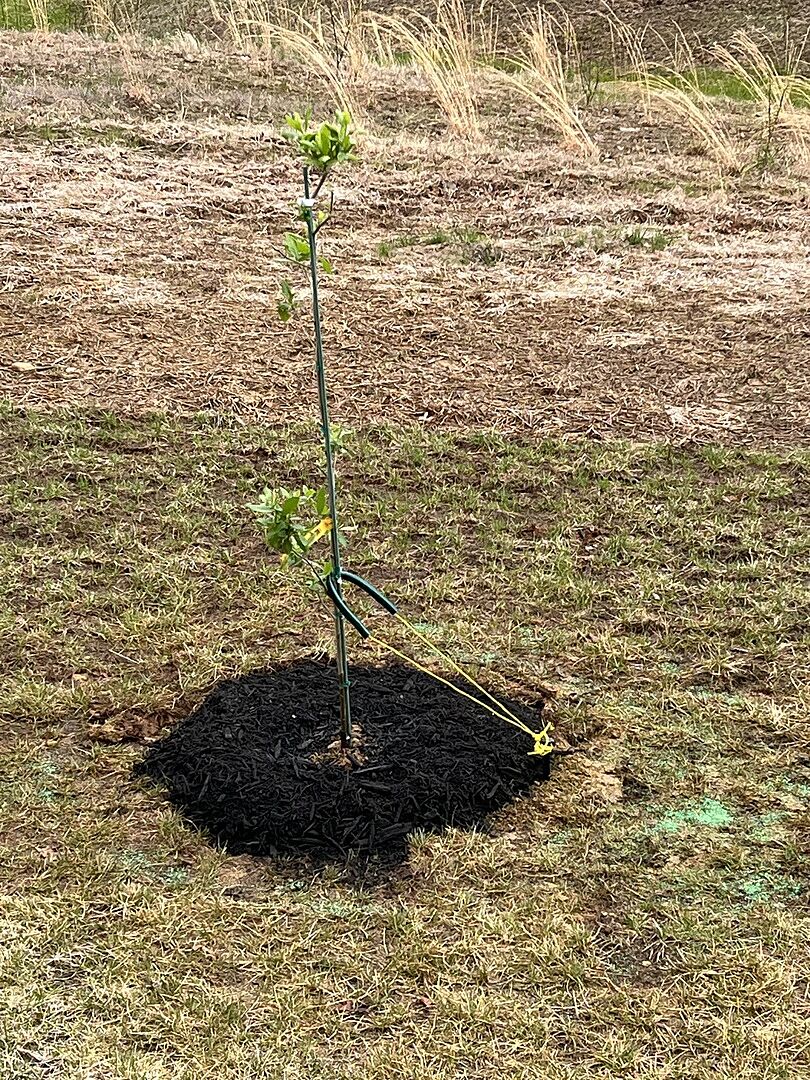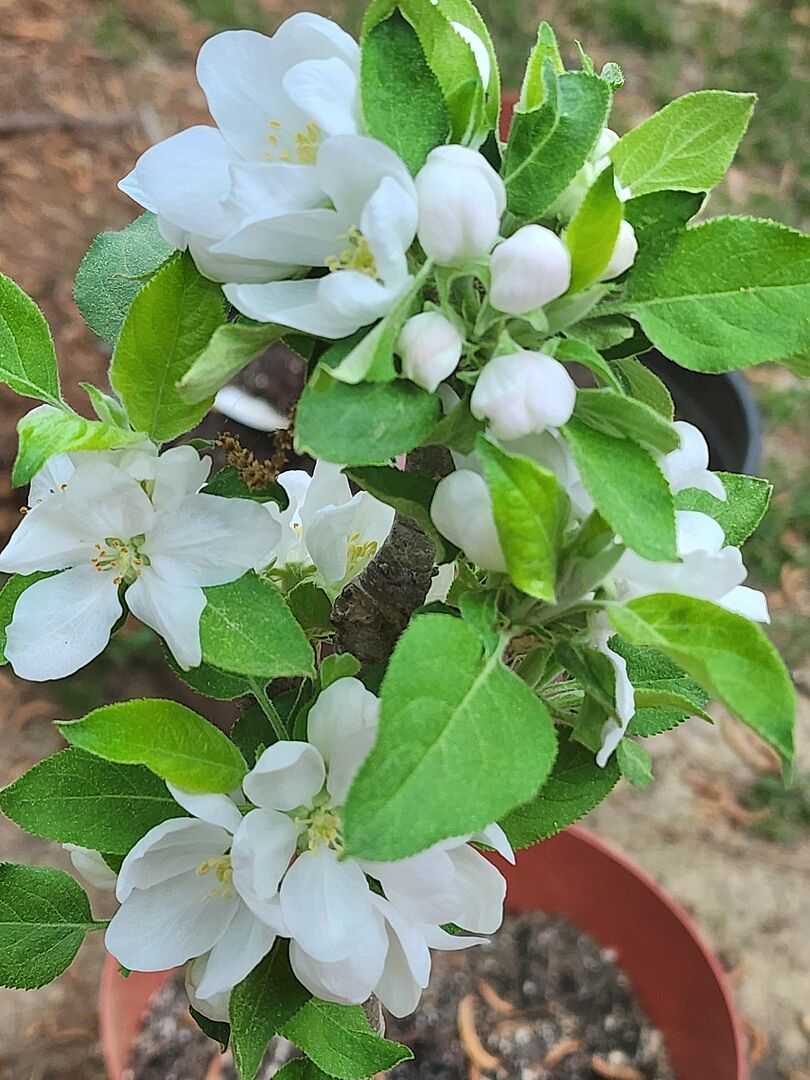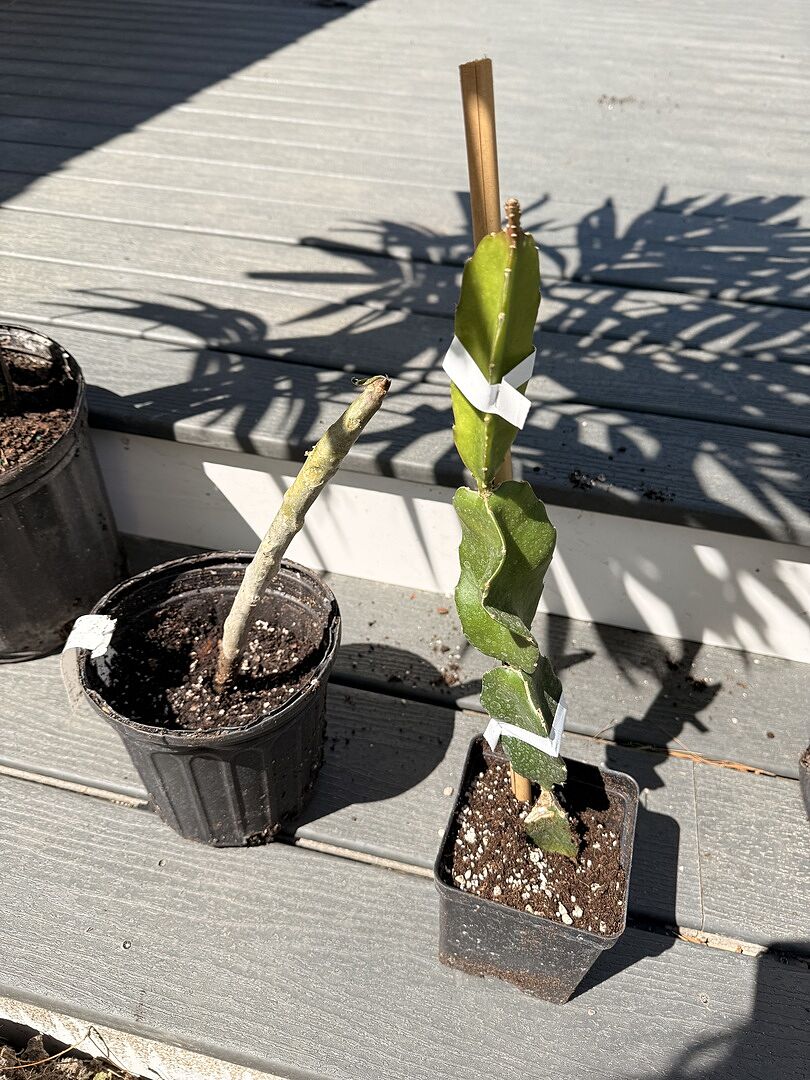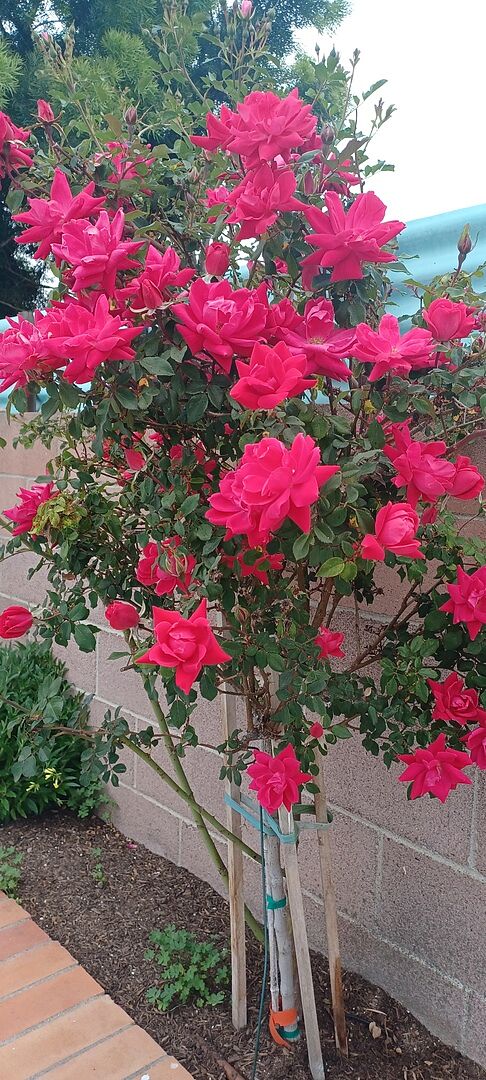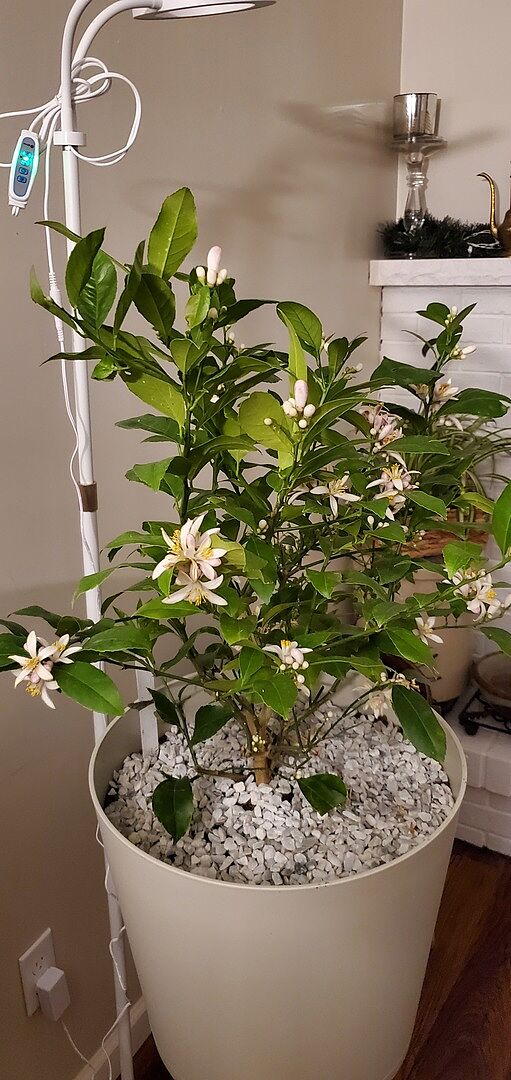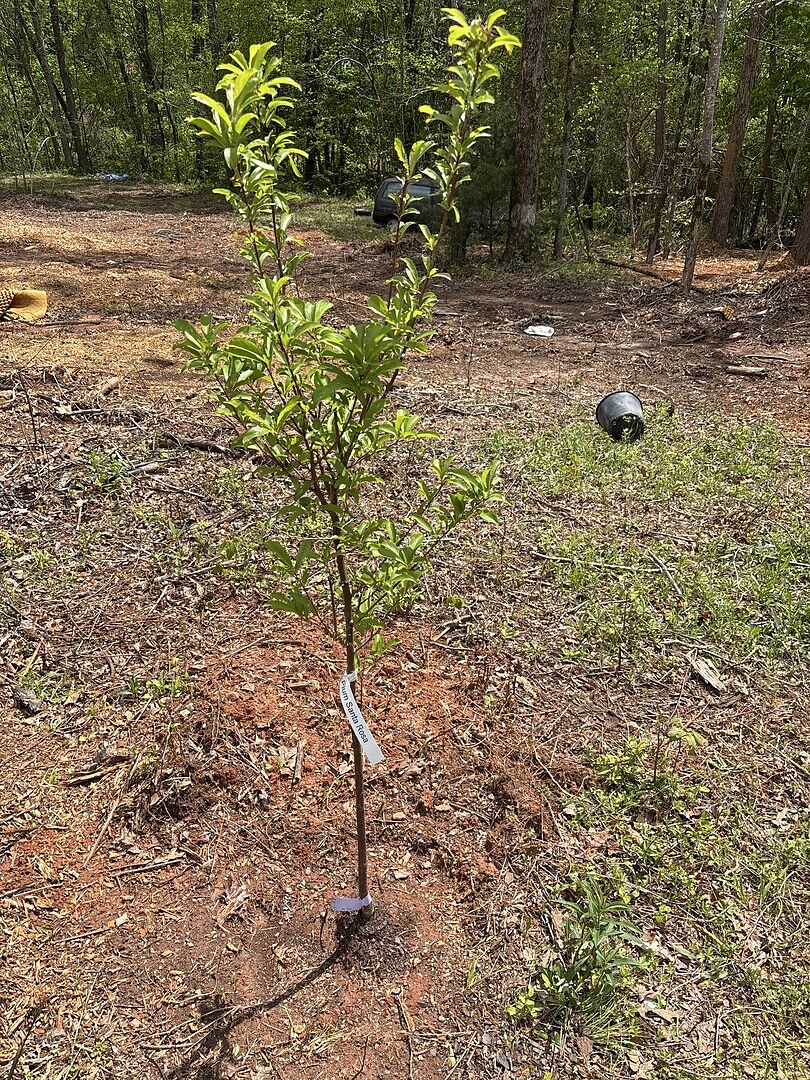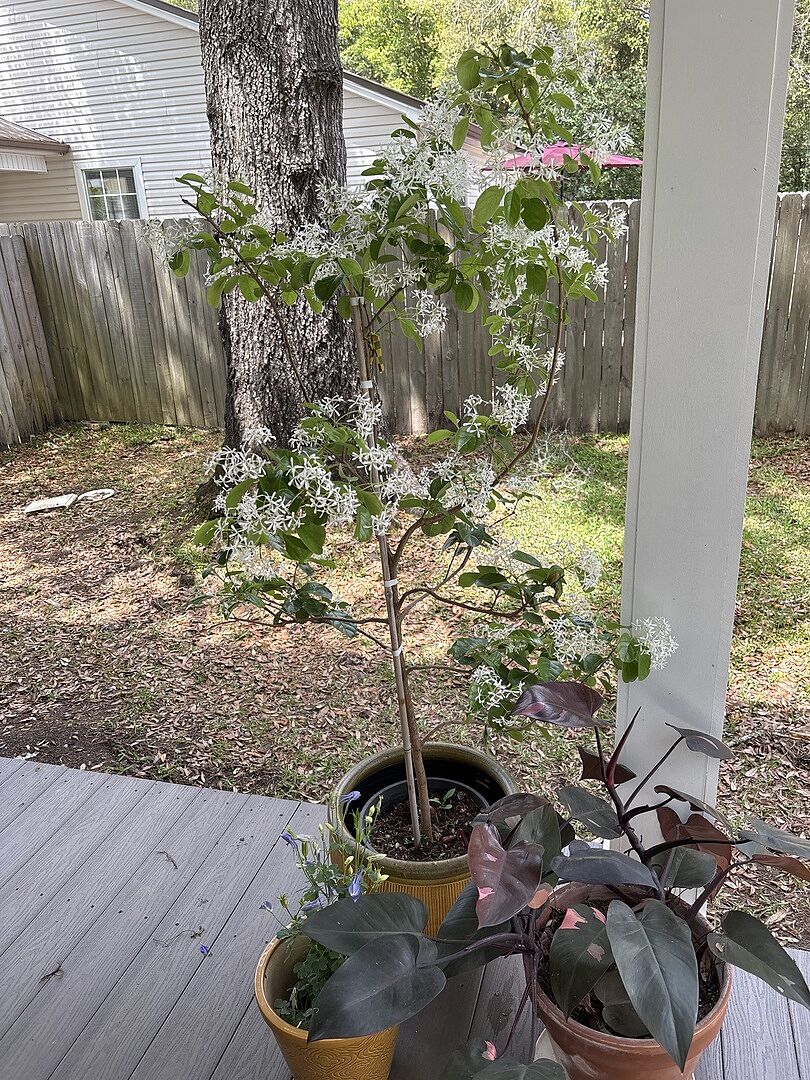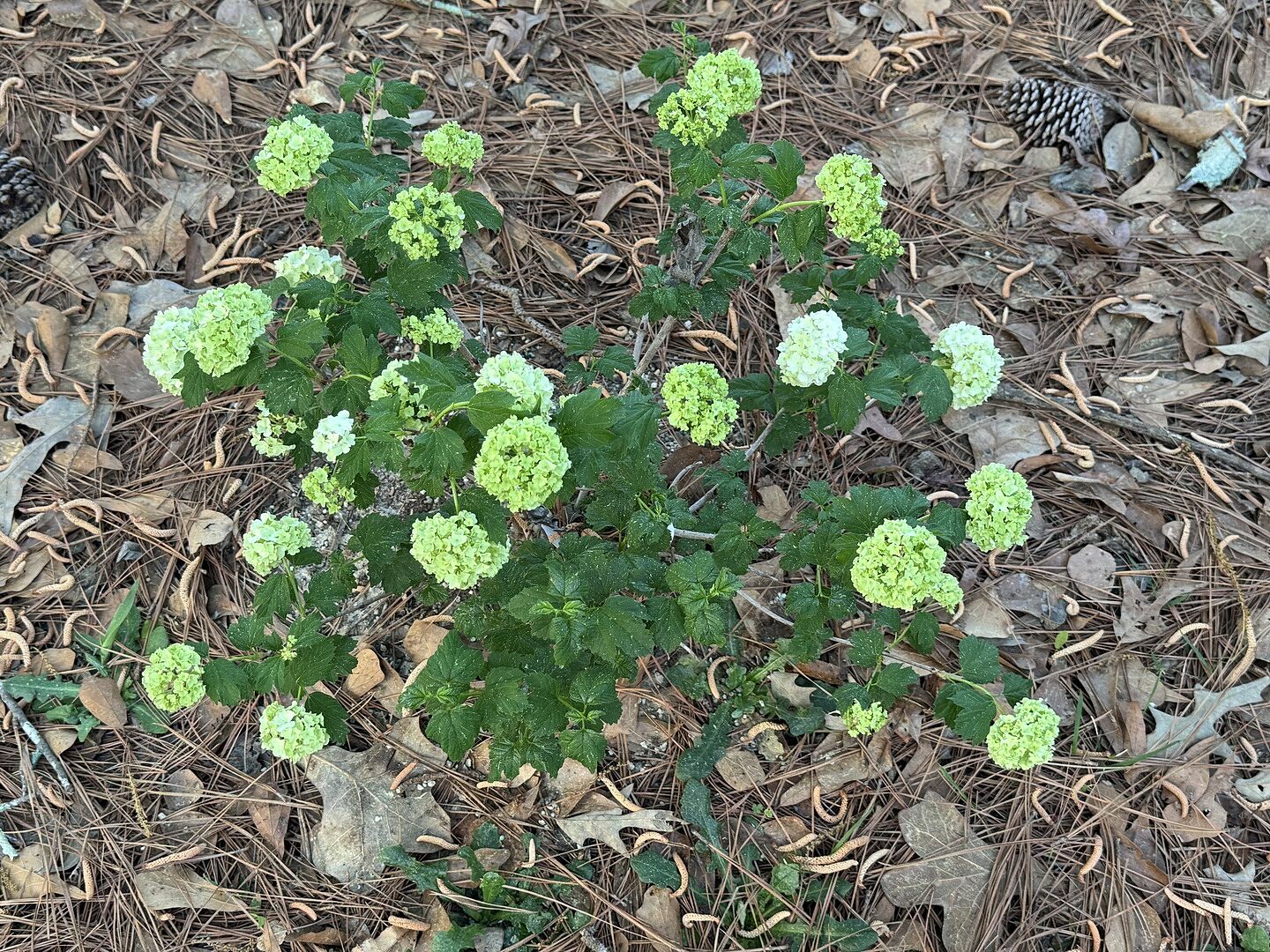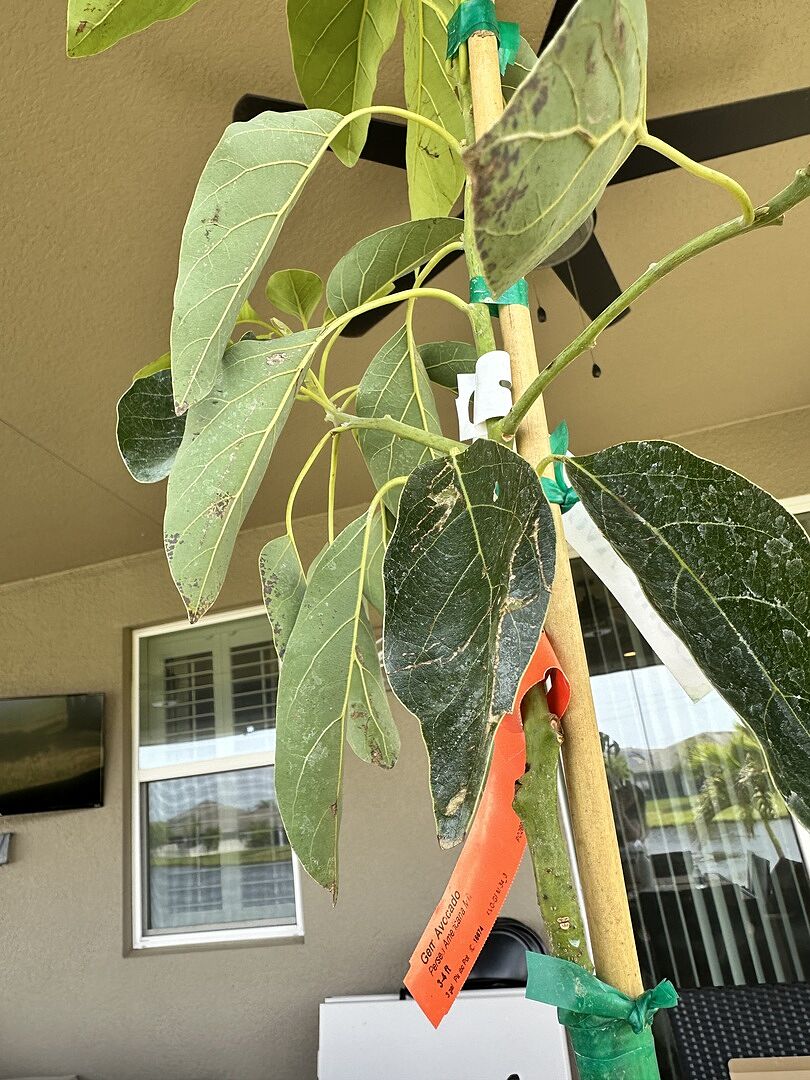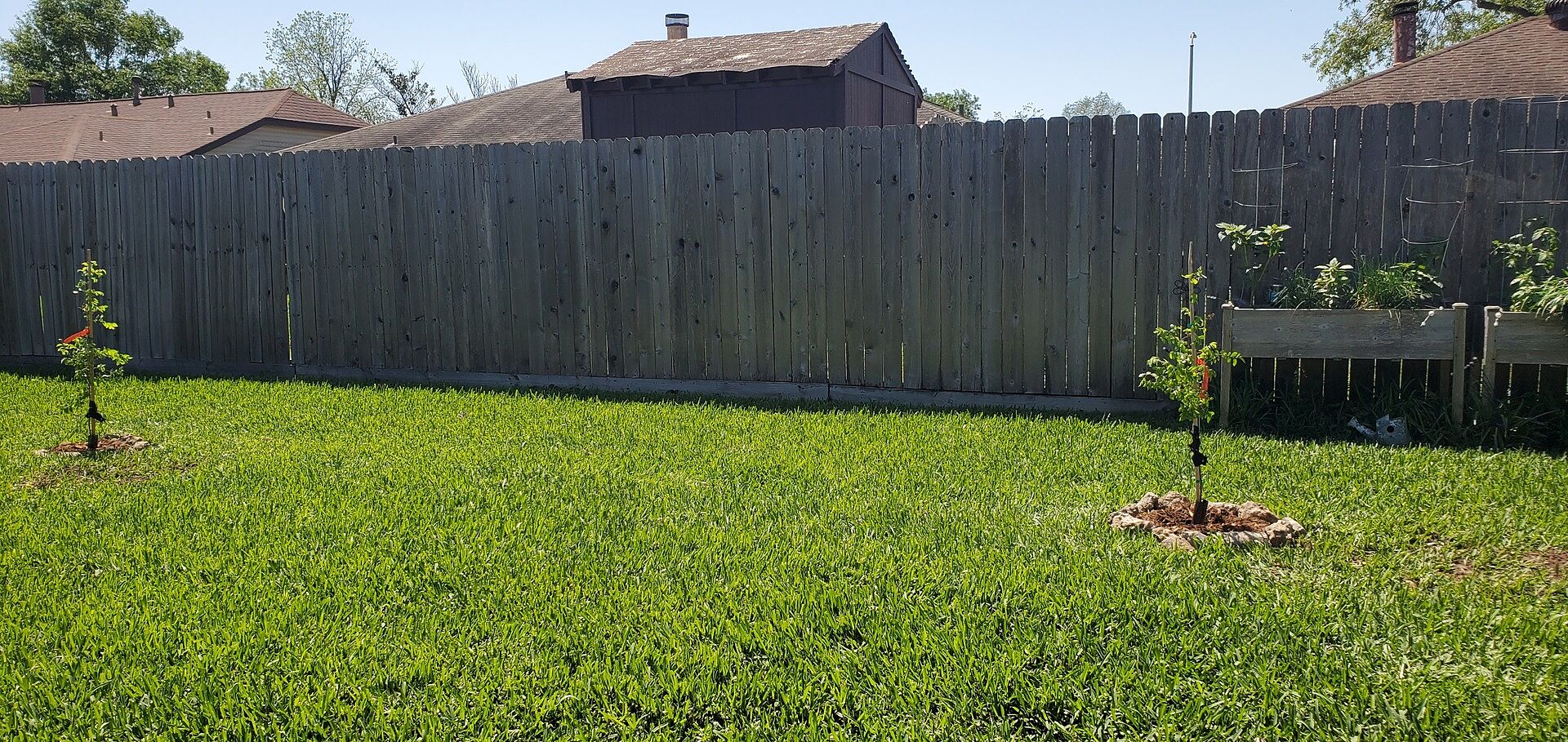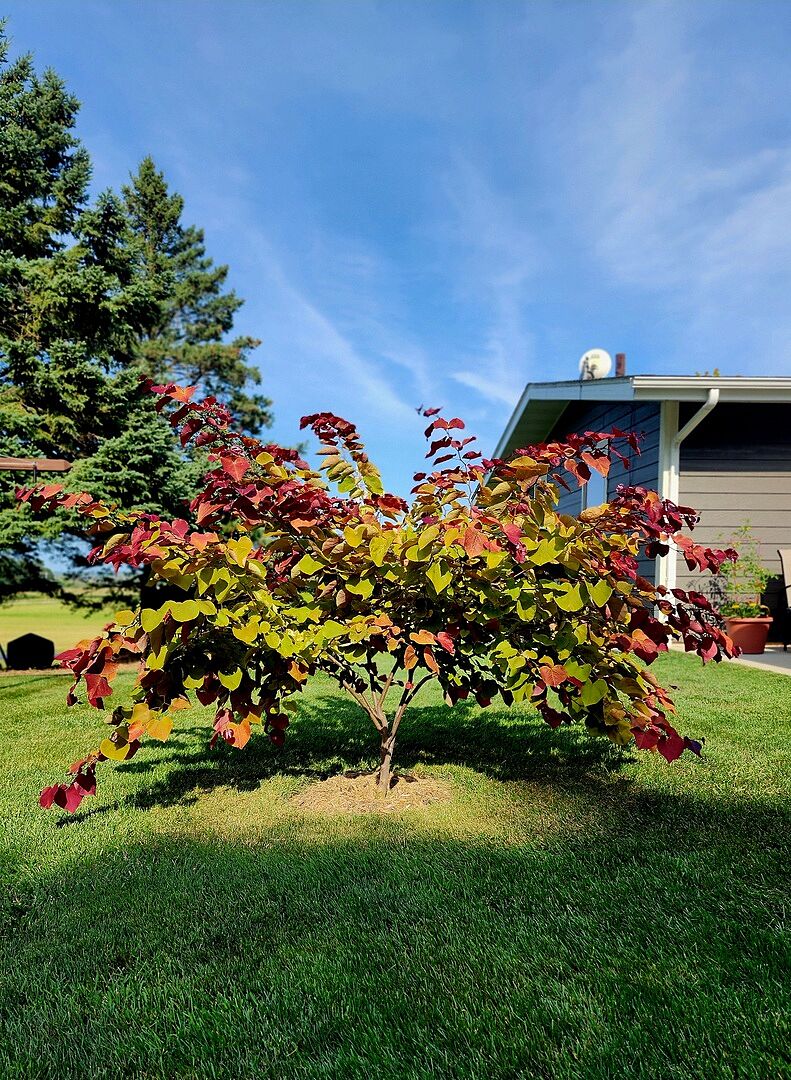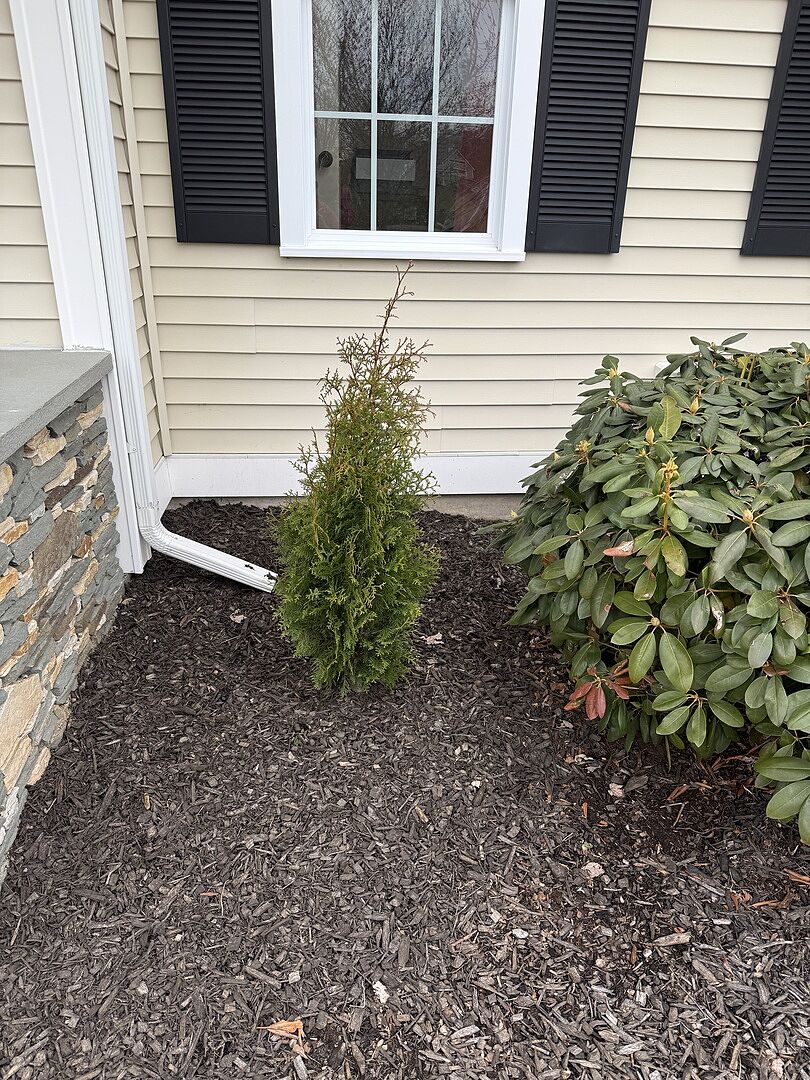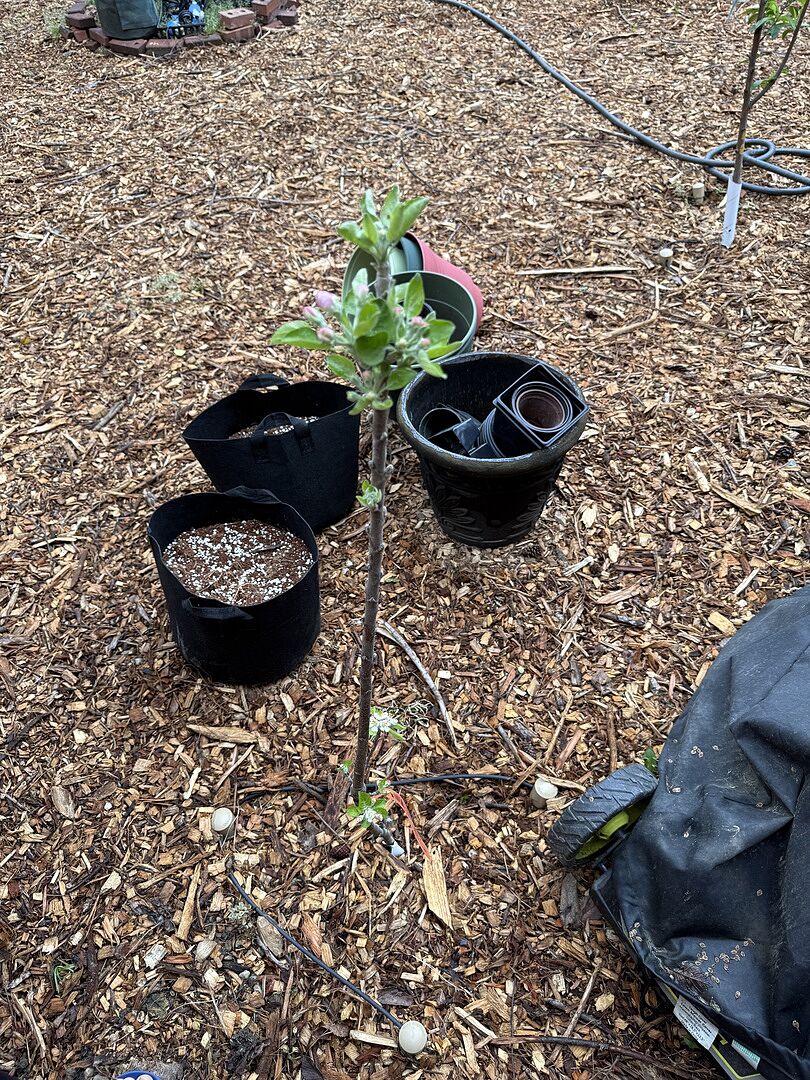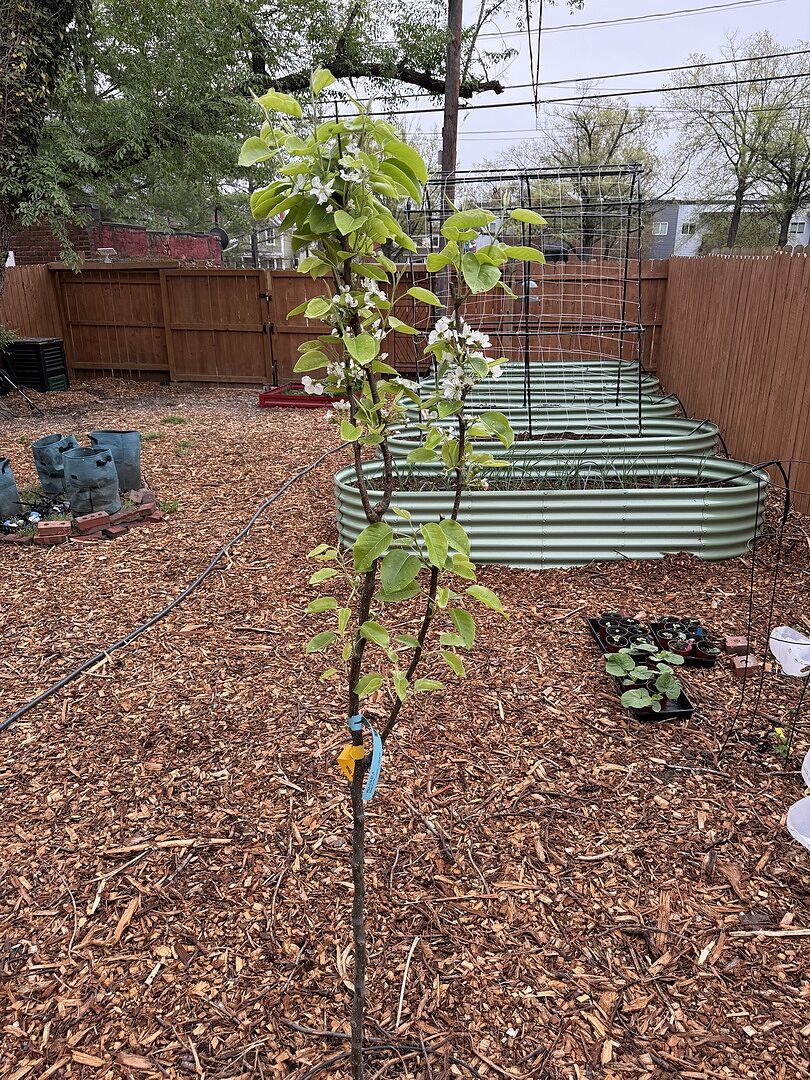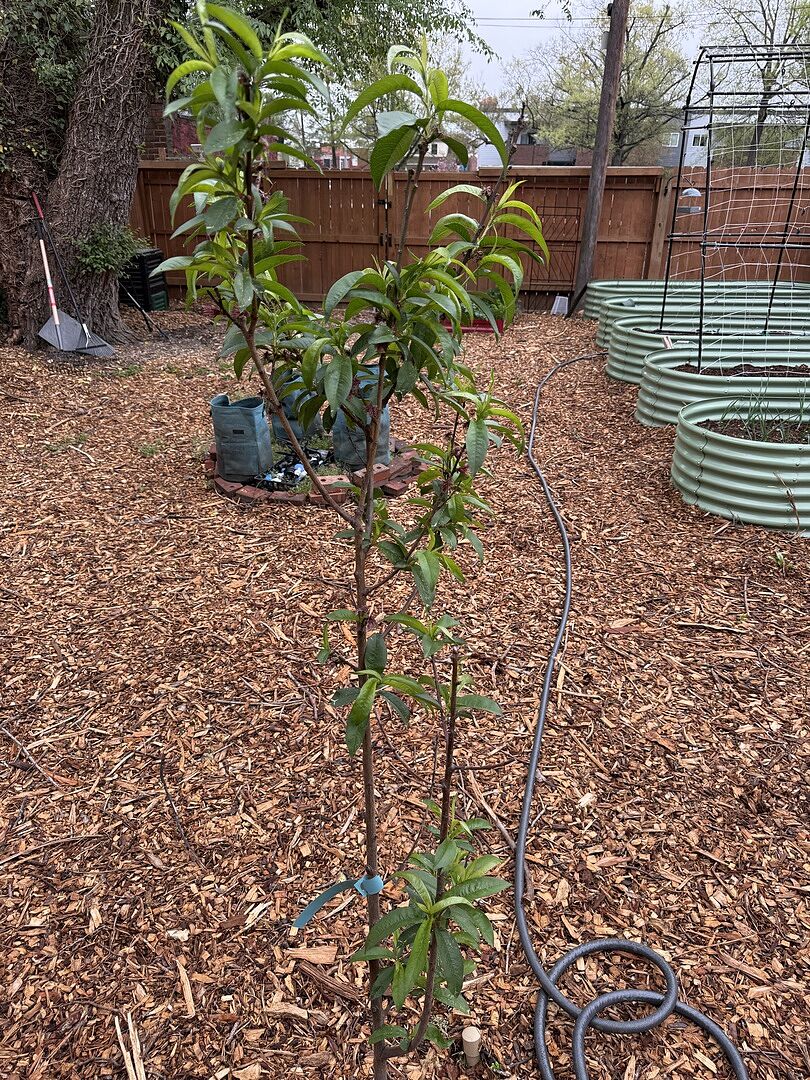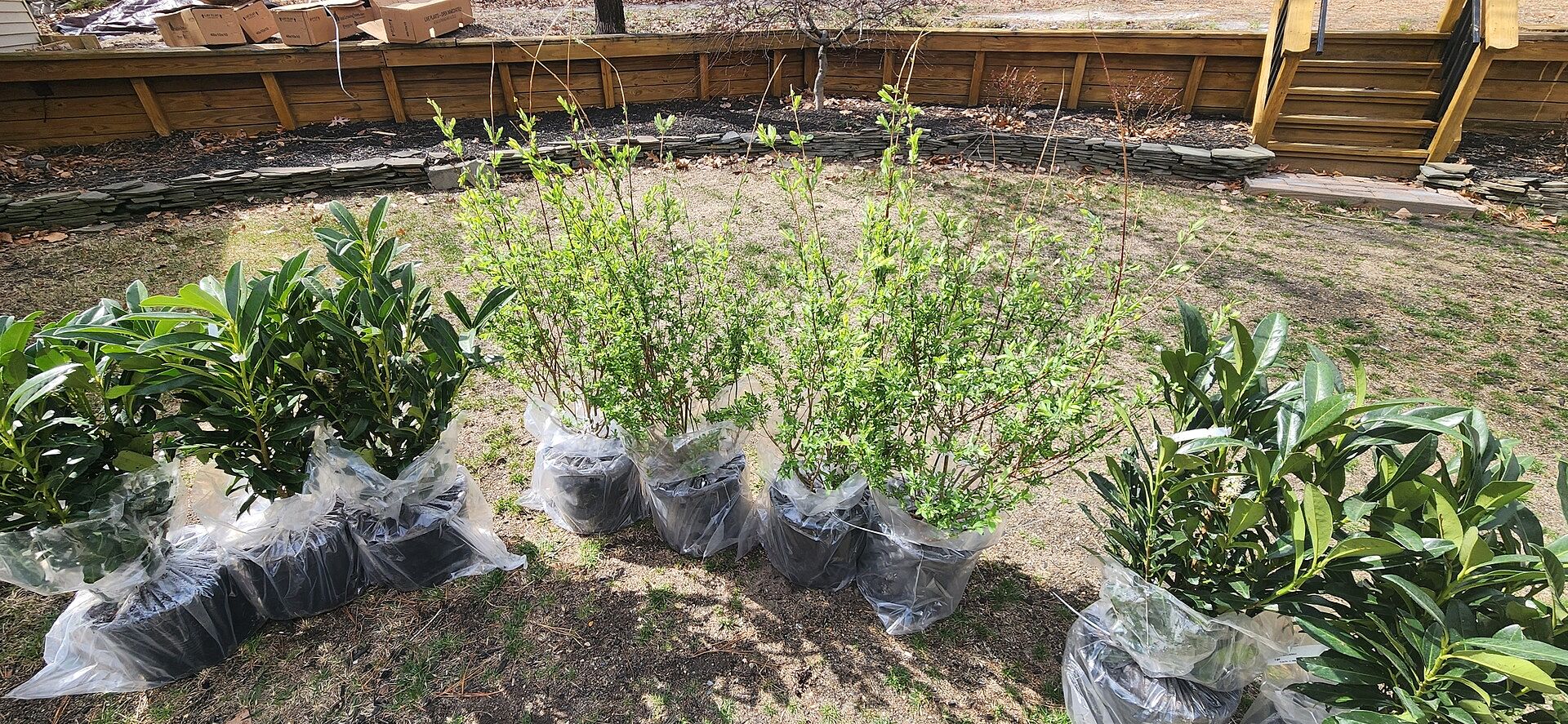-
- FREE Shipping
- Restocking soon
Select size
Extra savings on EVERYTHING—this week only!
Add this item to cart and get 20% OFF on your order with code PLANT20
| Discount level | Cart total |
|---|---|
20% OFF | No minimum |
25% OFF | $400–$599 |
| 30% OFF | $600 or more |
| Sale ends 4/22 at 11:59 PM | |
Pay in 4 interest-free installments of $31.24 with 
Customers Also Viewed
The Nation's Favorite Tangerine
The Dancy Tangerine was developed in Florida in 1867, and has thrived in popularity while becoming mass-produced all over the country. The low maintenance qualities of the Dancy Tangerine made it famous, and its flavor kept it in the spotlight.
With every bite of a Dancy Tangerine you will find a sweet citrus flavor that’s followed by a tart aftertaste. Dancy Tangerines are spicy, with a lower level of acidity than oranges; therefore they have a sweeter flavor, that’s not too sour or bitter.
Dancy Tangerines are the perfect snack to take on the go. Their thin rind is easy to peel and the tangerine slices are easy to pull apart without making a mess.
Take them to work and send a few with your kids so everyone can have a healthy and delicious snack without any hassle. Because the Dancy Tangerine is a heavy producer, you will have tons of fruit to share.
Grow Dancy Tangerines anywhere. If you live outside of its recommended growing zones 9 – 11, plant your tree in a container and bring it indoors when the weather gets cold.
Dancy Tangerines flourish in both the ground and in containers. By only growing to about 10 feet tall, they can fit anywhere and provide beauty as an ornamental tree in the garden, on the porch and inside of your home.
The leaves give off a sweet citrus scent that will fill the room, and it only intensifies when the Dancy Tangerine covers itself with tons of fragrant white blooms. They are stunning to look at and even better to smell. They will fill the space with an all-natural, sweet and clean floral scent.
It’s fun to watch Dancy Tangerines grow as their fruit reaches maturity. They start off green and turn a dark shade of red orange when they’re ready to be harvested around March. You won’t be able to resist harvesting your fresh Dancy Tangerines and snacking on them right away.
Full Planting & Care Instructions
Product Details
| Mature Height: | 10-12 ft. |
| Mature Width: | 10-12 ft. |
| Sunlight: | Full Sun, Partial Shade |
| Growth Rate: | Fast Growing |
| Harvest Time: | Winter |
| Year to Bear: | Can Fruit the 1st year! |
| Botanical Name: | Citrus Reticulata |
| Does Not Ship To: | AZ,FL,GA,TX,AL |
| Grows Well In Zones: | 3-11 patio / 9-11 outdoors |

Growing Zones: 3-11 patio / 9-11 outdoors
(hardy down to 30℉)
Customer Reviews & Photos
Based on 8 reviews


Tree died almost immediately.
My husband followed all the directions in planting this tree. Within two days the tree died. It arrived in very poor condition.
Dancy tangerine
Fast shipping and healthy plant
Fast Growing Trees- Dancy Tangerine
My experience with Fast Growing Trees was great. My Dancy Tangerine arrived on time, healthy, and ready for planting.
Came in good health
I ordered this and a bears line tree and they both arrived healthy and have been doing well.
Great service
The person who took my order was very helpful. The trees arrived when promised and in great condition, anxious to watch them grow




